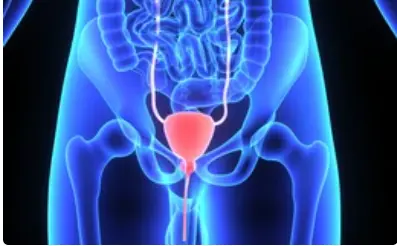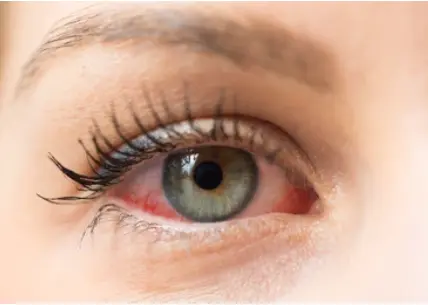 Welcome
Welcome
“May all be happy, may all be healed, may all be at peace and may no one ever suffer."
- A
- B
- C
- D
- E
- F
- G
- H
- I
- J
- K
- L
- M
- N
- O
- P
- Q
- R
- S
- T
- U
- V
- W
- X
- Y
- Z
Watery eye - Generics
A watery eye, also known as epiphora, is a condition in which tears flow from the eyes excessively. Normally, tears are produced by the lacrimal glands, located under the upper eyelids, and they help to keep the eyes lubricated and protect them from infection.
In some cases, excess tear production can be caused by factors such as allergies, irritation of the eye, or a blockage in the tear ducts. This can lead to a watery eye, with symptoms such as tearing, redness, and irritation.
Treatment of a watery eye depends on the underlying cause. For instance, if the condition is caused by allergies, antihistamines or other allergy medications may be recommended. If there is an infection, antibiotics may be prescribed. In some cases, surgery may be necessary to correct a blocked tear duct.
In addition to treatment, there are steps that can be taken to manage a watery eye, such as avoiding allergens or irritants that can trigger symptoms, using warm compresses to help open blocked tear ducts, and practicing good eye hygiene. If the condition persists or becomes severe, it is important to see an eye doctor or healthcare provider for evaluation and appropriate treatment.

Urothelial bladder carcin...

Hyperekplexia

Bacterial corneal ulcer

Ventricular tachycardia

Erysipeloid

Nocturnal enuresis

Infections

Ocular pain
Watery eye, জলরাশি চোখ
To be happy, beautiful, healthy, wealthy, hale and long-lived stay with DM3S.